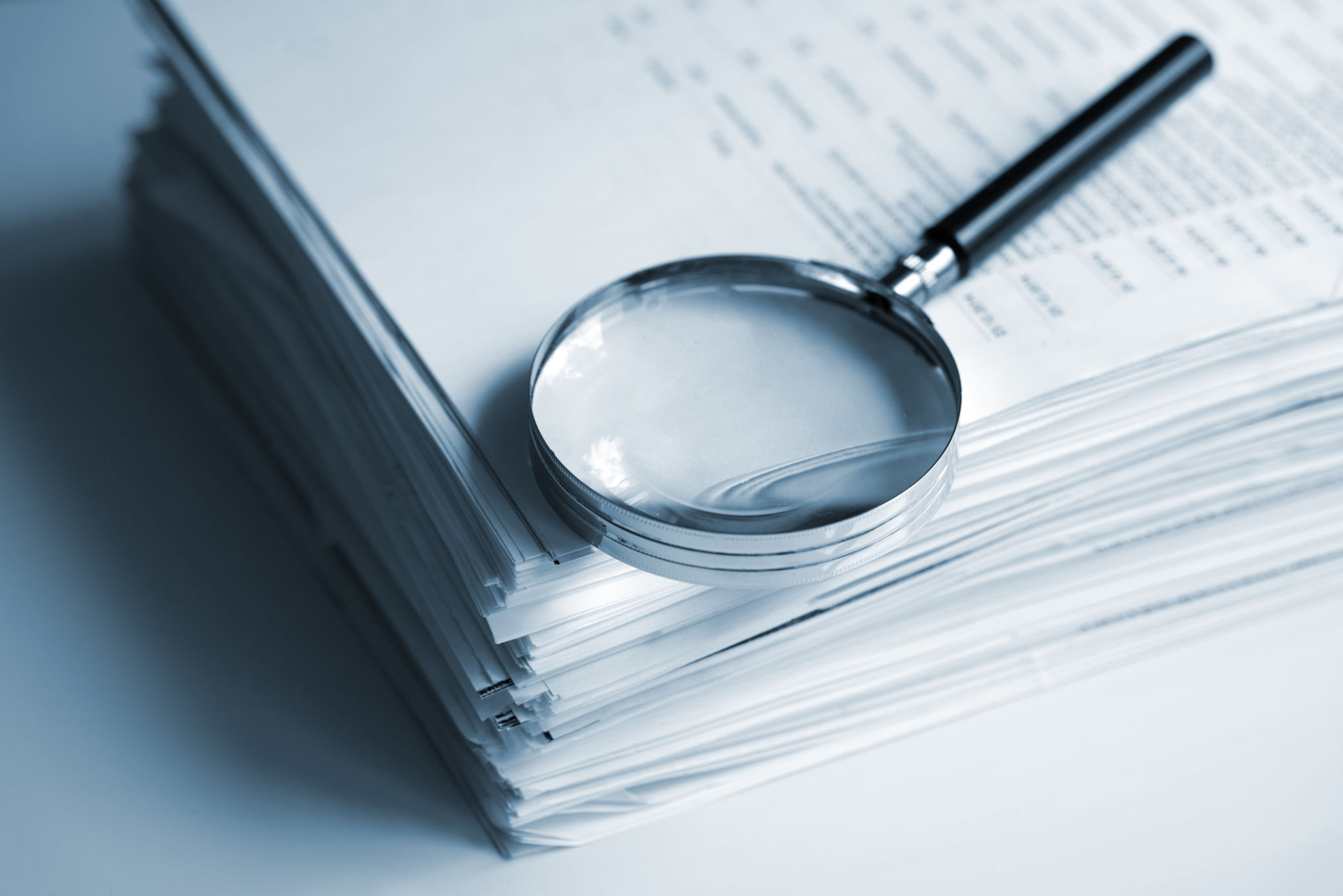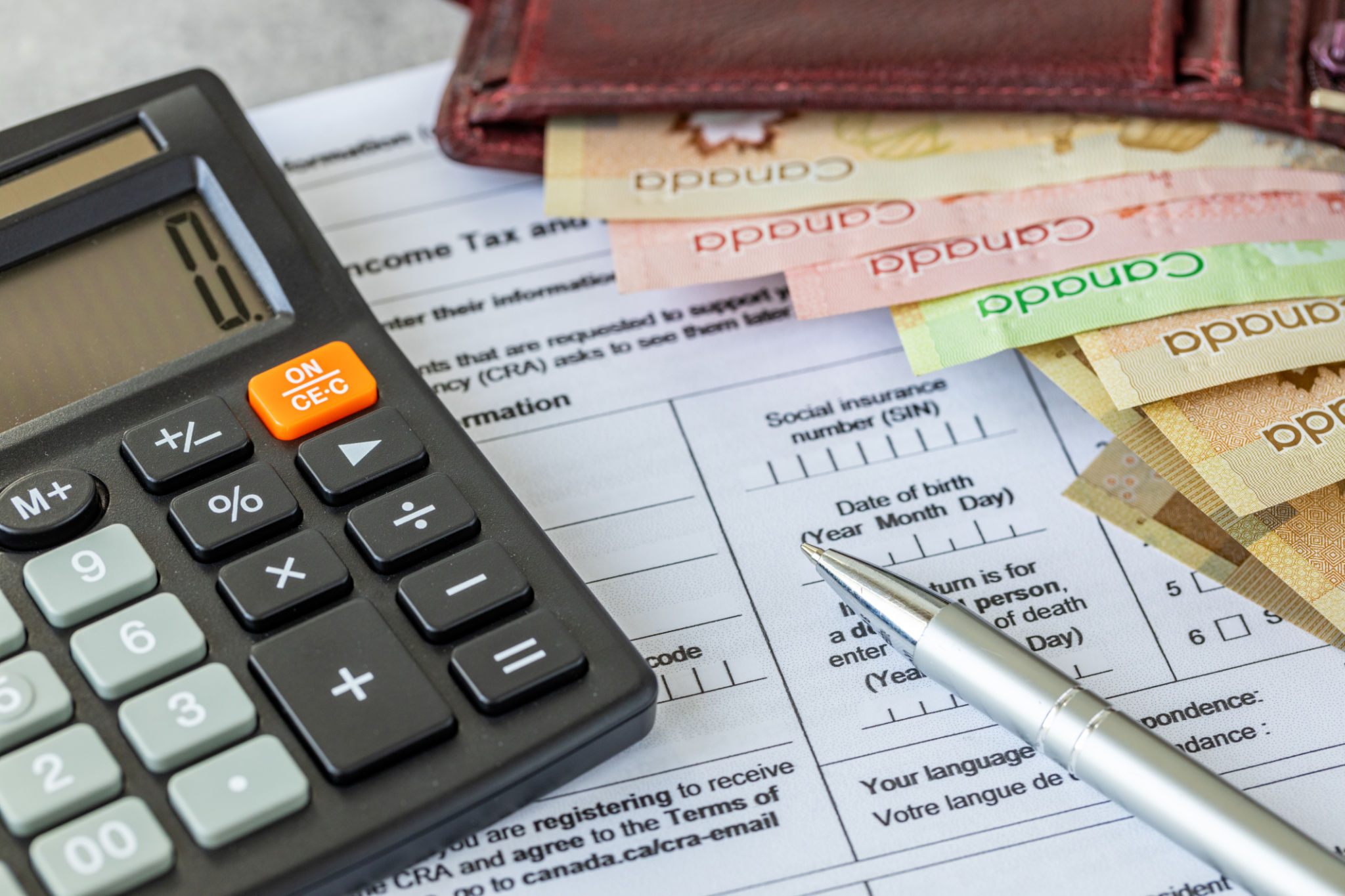Seasonal Accounting Checklist: Preparing for End of Financial Year
Understanding the Importance of Seasonal Accounting
As the end of the financial year approaches, businesses need to ensure that their accounting books are in order. This period can be stressful, but having a structured approach can make it more manageable. A well-prepared checklist can help you streamline the process and ensure that nothing is overlooked.
Effective planning and organization are key to a successful year-end close. By adhering to a comprehensive seasonal accounting checklist, you can minimize errors, avoid penalties, and make informed decisions for the upcoming financial year.

Reviewing Financial Statements
One of the first steps in preparing for the end of the financial year is reviewing your financial statements. This includes the balance sheet, income statement, and cash flow statement. Ensure that all entries are accurate and reflect the true financial position of your business.
It is crucial to reconcile these statements with your bank accounts and other financial records. Any discrepancies should be investigated and resolved promptly. This step will provide a clear overview of your business’s financial health.
Identifying Outstanding Debts
As part of your review, identify any outstanding debts or liabilities. This includes unpaid invoices, loans, and credit balances. Make a plan to address these obligations before the closing of the financial year to improve your balance sheet.

Updating Inventory Records
Inventory management plays a crucial role in financial accounting. Conduct a thorough review of your inventory records to ensure they are up to date. This includes counting stock levels, assessing the condition of goods, and writing off obsolete or damaged items.
Accurate inventory records not only impact your financial statements but also influence tax calculations and business valuations. Regular updates will help maintain consistency and reliability in reporting.
Evaluating Asset and Depreciation Records
Review your asset register to ensure it reflects all current assets and their respective depreciation values. Adjust depreciation rates if necessary to comply with accounting standards and to better reflect the usage and wear of assets over time.

Preparing for Tax Filing
Tax preparation is a critical component of the year-end process. Begin by gathering all necessary documents and receipts that will support your tax filings. This includes invoices, expense reports, and any other relevant records.
Consider consulting with a tax advisor to ensure compliance with current tax laws and to identify potential deductions or credits that could benefit your business. A proactive approach can lead to significant tax savings.
Finalizing Payroll Records
Ensure all payroll information is complete and accurate before the end of the financial year. This includes verifying employee salaries, bonuses, and deductions. Proper payroll management is essential for both financial reporting and tax compliance.

Conducting a Financial Health Check
Once all records are updated, conduct a comprehensive financial health check. This involves analyzing key performance indicators, cash flow forecasts, and profit margins. Understanding these metrics will help you make strategic decisions moving forward.
A financial health check not only prepares you for the new financial year but also highlights areas for improvement. It provides valuable insights into potential growth opportunities and risk factors.
Setting Goals for the New Financial Year
Finally, use the insights gained from your year-end preparation to set achievable goals for the new financial year. These goals should be aligned with your business objectives and reflect realistic growth targets based on past performance.

